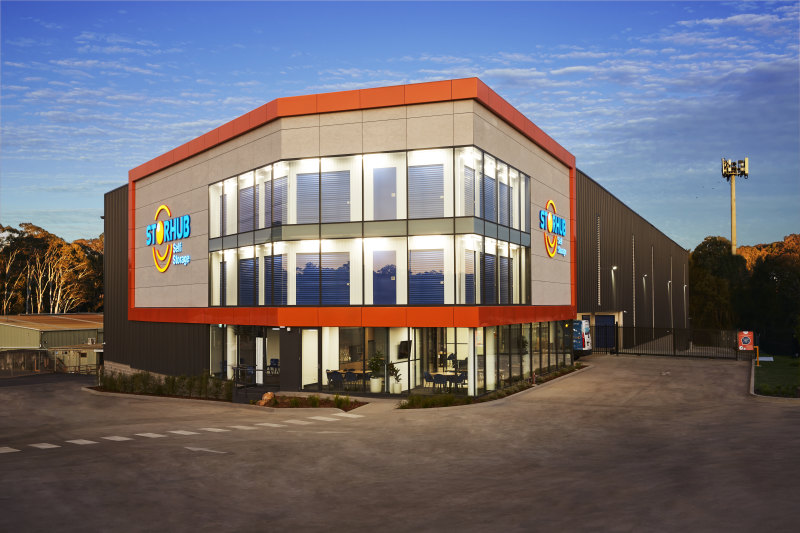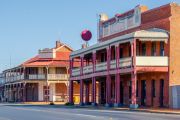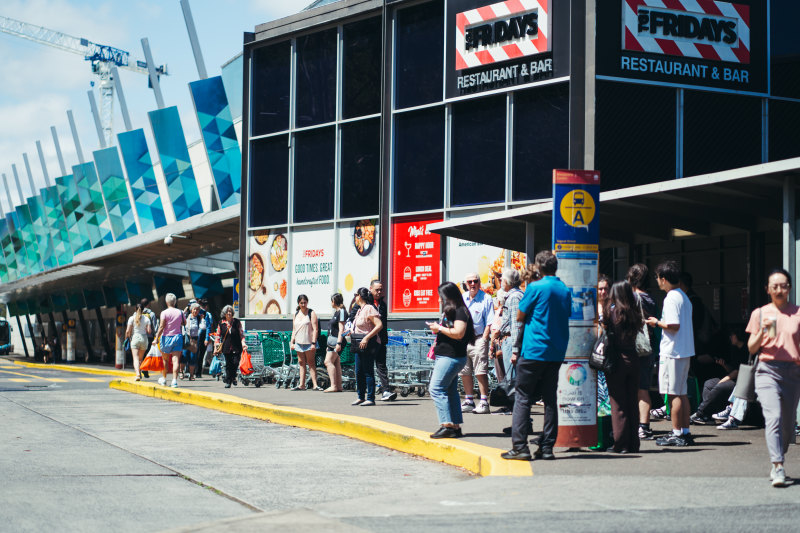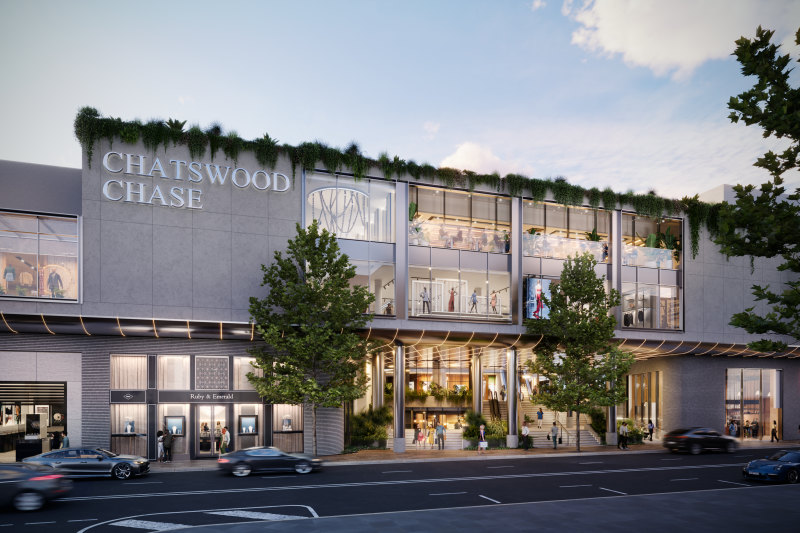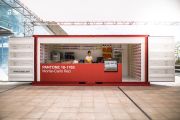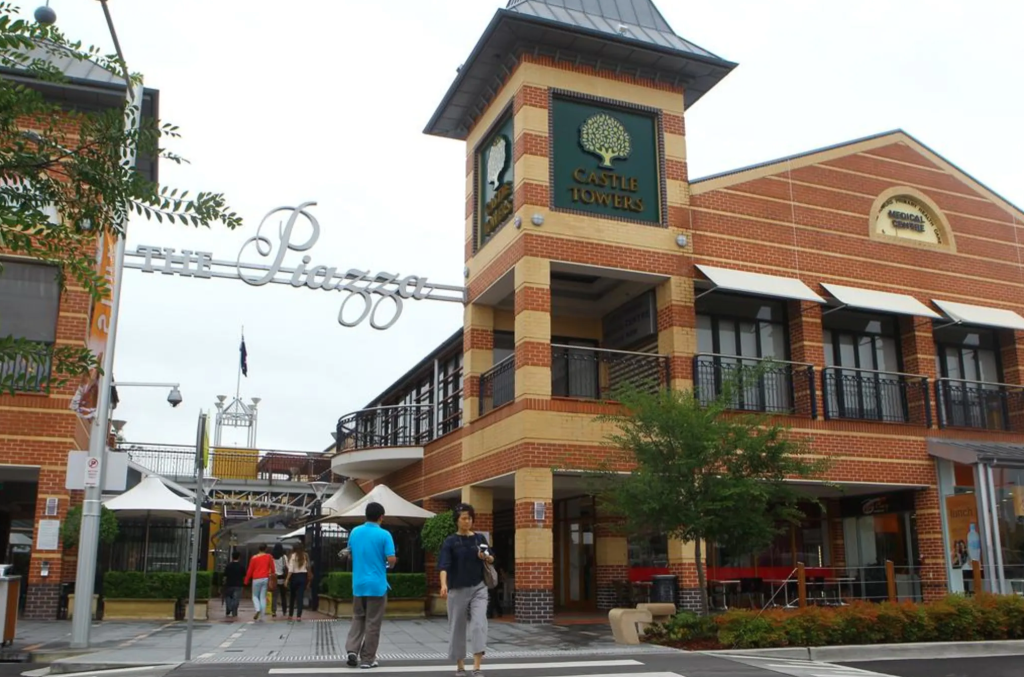
Retail investment hits $5b as landlords remix malls
Investors snapped up close to $5 billion of retail assets during the pandemic-hit 2020, as they sought out higher-yielding and income-generating assets that were predominantly anchored by supermarkets and general convenience-style tenants.
JLL director of Australian retail investments Nick Willis said growing demand for defensive neighbourhood retail from a range of private and institutional capital sources, both domestically and offshore, is driving more competitive pricing and yield compression.
He said the wide yield spread relative to prime CBD office and prime industrial is attractive to a range of investors given the consistency and reliability of income.
The surge of cash is coming from domestic buyers and overseas investors who see Australia as a haven with a stable economy and low rates of tenant defaults compared to other countries.
Retail landlords are also doing their best to transform malls into community hubs, with a focus on food, entertainment and medical centres and less reliance on volatile discretionary-based apparel and department store tenants.
Michael O’Brien, QIC’s head of global real estate, said domestic spending (and consumer spending in particular) will continue to drive the Australian economy as long as the low number of COVID-19 cases continued.
Speaking at the Shopping Centre News′ Big Guns event last Friday, Mr O’Brien said changing the tenant mix in the malls, of which QIC owns Castle Towers in Sydney’s west and Pacific Epping in Melbourne, will underpin the attraction for retail investment and customer engagement.
“Beyond 2021, cafes, restaurants and food services are expected to be the strongest performers, growing at 4.7 per cent per annum over the next ten years, reflecting the shift in consumer preferences for dining out,” Mr O’Brien told the event.
“Over many years, we have strategically acquired adjoining land and worked in partnership with local and state planning authorities to unlock zoning, density and height limits to provide opportunities for value-add developments across a wide range of uses such as office, medical, childcare, education, residential and hotel.”
This diversity of income streams away from relying solely on retail sales has made the underlying assets very attractive.
In JLL’s latest Shopping Centre Investment Review & Outlook 2021, retail investment transactions reached $4.8 billion in 2020 as momentum built throughout the year, with more than half of the year’s volume achieved in the final Christmas quarter.
Unsurprisingly, neighbourhood retail and large format retail accounted for $3 billion of total retail transaction volumes – almost two-thirds of all investment in 2020.
JLL joint head of Australian retail investments Jacob Swan said retail spending patterns have changed and driven an investment shift to non-discretionary retail assets and homeware-based tenants on long leases.
“The theme of risk aversion in retail is likely to prevail in 2021, with a strong focus on non-discretionary retail assets, large format retail and long weighted average lease expiry (WALE) assets,” Mr Swan said.
“There is potential for further yield rerating in these sub-sectors. We also expect to see more private investors and syndicates actively seeking small sub-regional assets, below $200 million, which are largely convenience-based.”
Morgan Stanley property analysts Simon Chan and Lauren Berry also say the retail environment may not be “as bad as feared”.
In a post-reporting season analysis, the pair said retail valuations over the half year to December had held steady and rent income collection had made a “remarkable improvement”.
“It has become quite clear that the retail environment was not as bad as what the market and even the landlords had anticipated in June 2020,” they said.
But there are still risks confronting large retail landlords, primarily from tenants reliant on rental abatements and the government’s JobKeeper wage subsidy which ended last month.
“Post March 2020, there is a risk that vacancy rates increase across the malls,” they said.
Of the big landlords, Mirvac’s malls were the most exposed. That didn’t stop Morgan Stanley backing investment in the sector.
“We continue to believe that the retail malls are a great way for investors to gain exposure to any snapback in the domestic economy.”
JLL joint head of Australian retail investments Sam Hatcher said he expects that new-to-market offshore investors, with a long term investment horizon, may look through the short-term market dislocation to take positions in major CBD and regional shopping centre assets at discounted values.
“A number of value-add and opportunistic capital sources which were active in 2020 and other new entrant capital are likely to continue to take advantage of opportunities where values have been reset,” Mr Hatcher said.


